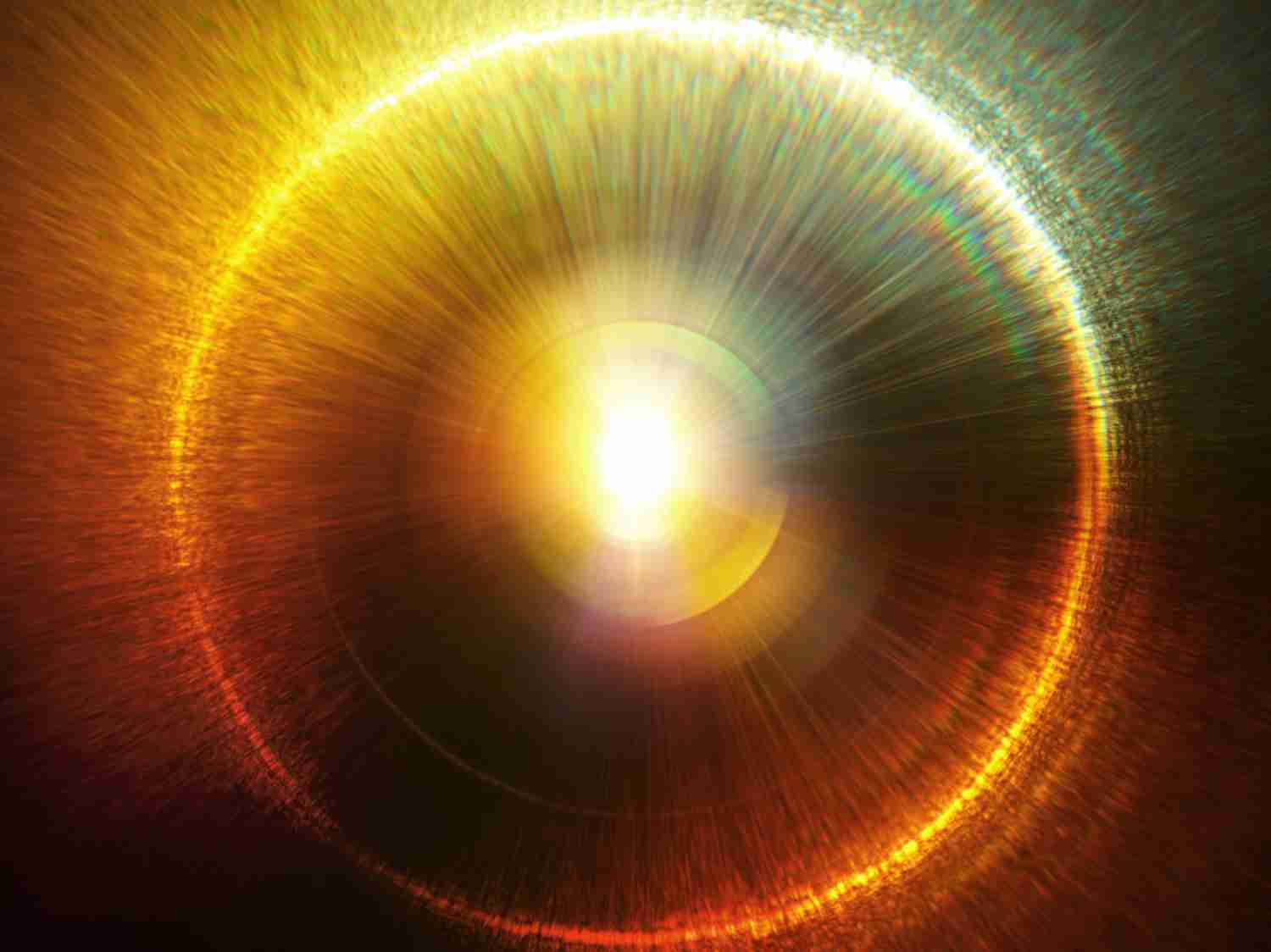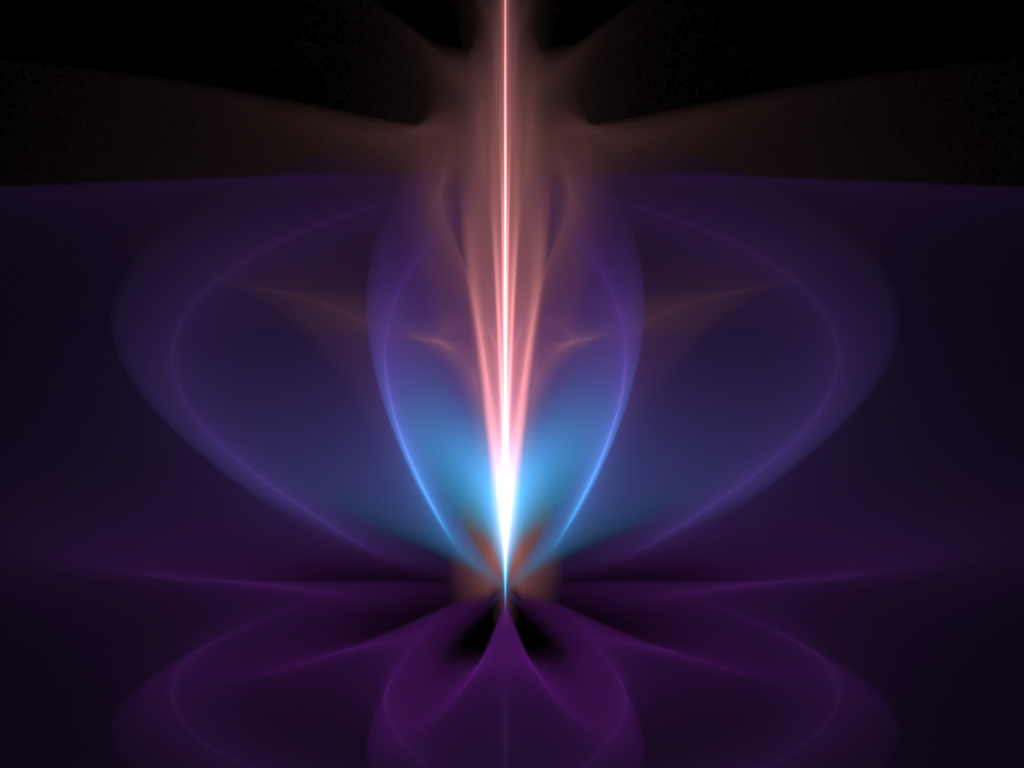
Another Way to Define Psyche
Psyche has been observed by Out-of-Body Travelers as a pinpoint of light, a pinprick of light, a point particle of light, or a spark of light. That’s precisely the way that the physicists describe the fermions – quarks, leptons, neutrinos, and electrons. These “particles” of light OBEY the Pauli exclusion principle. Obedience to Laws requires intelligence! The components of the quarks and the electrons are individual pinpricks of Psyche or Intelligence; and, the psyches within fermions USE the bosons, gluons, photons, quantum waves, and light to communicate with each other, interact with each other, and bind themselves to each other. The elementary parts of Fermions are Psyche or Intelligence. That would make Psyche or Intelligence the fundamental unit of reality and existence. Photons, gluons, and W and Z bosons are the four force-carrying gauge bosons of the Standard Model. There’s NO mass in the elementary components of the fermions, the psyches, or the pinpricks of light. Over 99% of the mass within an atom is associated with the gluons. Psyche or Intelligence is driving the mass or driving the gluons. It’s all made from Energy which is always conserved.
Every massless elementary particle is some type of Psyche or Intelligence. Psyche controls mass or energy at the quantum level to get things done for us at the physical level. This truth is hiding in plain sight where nobody can see it.
“The property of the strong nuclear force is known as asymptotic freedom, and the particles that mediate this force are known as gluons. Somehow, the energy binding the proton together, the other 99.0% of the proton’s mass, comes from these gluons.”
https://www.forbes.com/sites/startswithabang/2016/08/03/where-does-the-mass-of-a-proton-come-from/
http://origin-science.org/wp-content/uploads/2018/09/Proton.pdf
https://medium.com/starts-with-a-bang/where-does-the-mass-of-a-proton-come-from-57129a06fdfc
http://origin-science.org/wp-content/uploads/2018/09/MASS.pdf
Technically, the elementary particles or psyches that make up a gluon are massless like photons; but, the force mediated or controlled by the gluon has or produces a lot mass or resistance to acceleration. Likewise, the elementary particles or psyches that make up the quarks and the electrons are massless like photons; but, the Higgs Field that interacts with the quarks and the electrons gives them their small amount of mass. Massless particles are psyches.
“Quantum fields contain excited states that we observe as particles. These quantum fields can be divided into matter fields (whose particles are electrons, quarks, etc.) and force fields (whose particles are photons, gluons, bosons, etc.). The Higgs mechanism gives mass not only to weak particles, but also to electrons, quarks, and other fundamental particles. The more strongly a particle interacts with the Higgs Field, the more massive it is. It’s important to note, however, that most of the mass in composite particles, like protons, nuclei, and atoms, does not come from the Higgs mechanism, but from the binding energy that holds these particles together.”
https://physics.aps.org/articles/v6/111
http://origin-science.org/wp-content/uploads/2018/09/Why-Particles-Have-Mass.pdf
This explains how everything works at the quantum level and the psyche level.
Mark My Words
